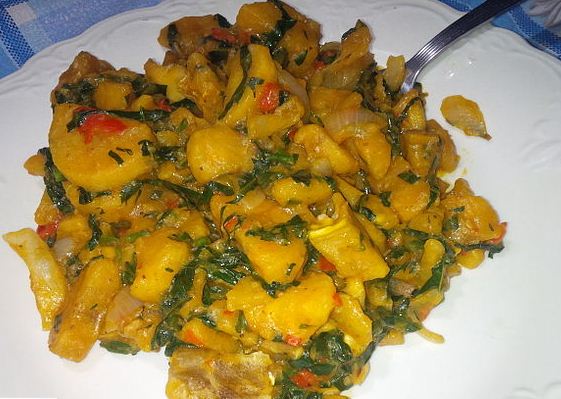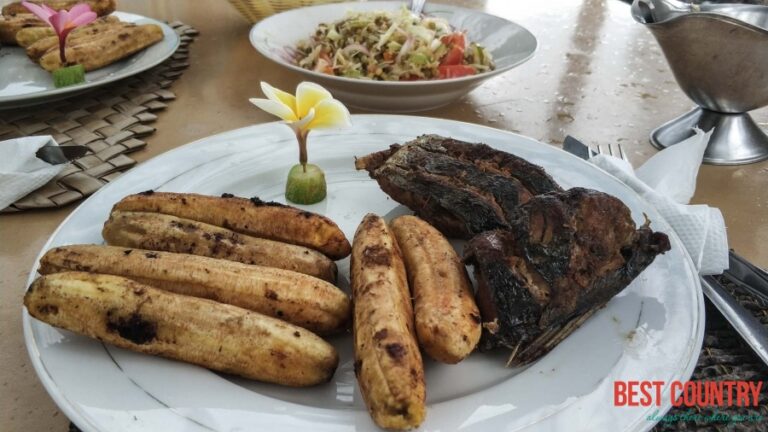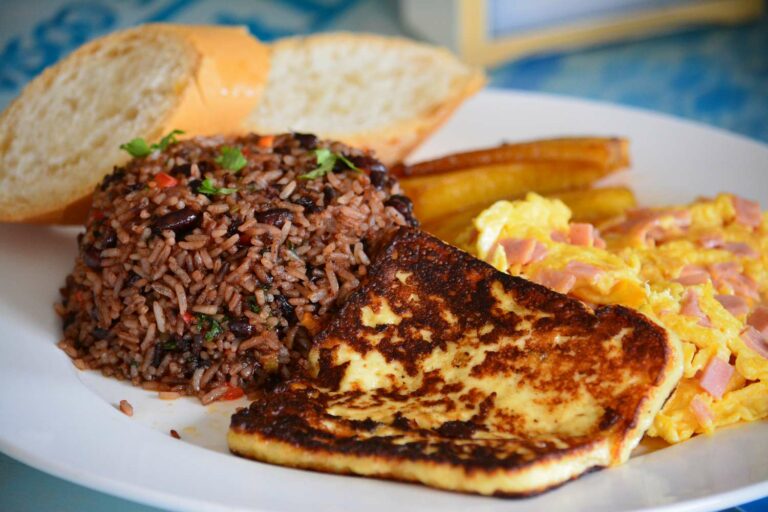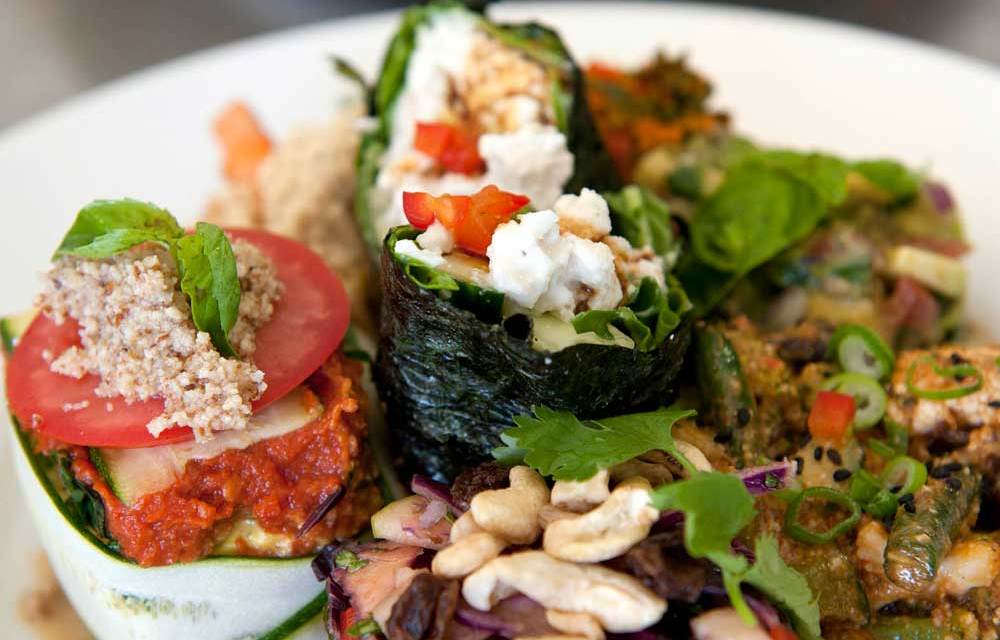Introduction: Comorian Cuisine
Comorian cuisine is a blend of African, Indian, and Arabian influences that reflects the country’s history and geography. The Comoros archipelago is located off the coast of East Africa and comprises three main islands: Grande Comore, Mohéli, and Anjouan. The country’s cuisine boasts a range of spices, aromatic herbs, seafood, and coconut-based dishes that are unique to the region.
The Role of Beverages in Comorian Culture
Beverages play an essential role in Comorian culture, as they are consumed to mark significant occasions such as weddings, religious festivals, and family gatherings. Comorians have a preference for hot beverages such as tea and coffee, which are usually served with snacks or sweet treats. The country’s tropical climate also makes it a perfect place for refreshing drinks, and coconut water is a popular choice for quenching thirst and replenishing electrolytes.
Traditional Beverages in Comorian Cuisine
Comorians have a diverse range of traditional beverages that are typically made from natural ingredients found on the islands. These drinks are often consumed to help digestion after a meal or to boost energy levels during the day. Some of the most popular traditional beverages include:
The Popular Kafe Mwadjuma (Mwadjuma Coffee)
Kafe Mwadjuma is a unique blend of coffee beans, cardamom, and cloves, which gives it a distinct flavor and aroma. It is typically brewed in small pots and served in small cups with sugar or honey. Mwadjuma coffee is a favorite among Comorians, and it is often a staple drink during social gatherings.
The Refreshing Matsoho (Hibiscus Drink)
Matsoho is a refreshing drink made from hibiscus flowers, sugar, and water. It is often consumed as a thirst quencher during hot weather and is known for its tart yet sweet flavor. Matsoho is also believed to have medicinal properties, and it is commonly used to treat high blood pressure and digestive problems.
The Nutritious Bambao Drink (Coconut Milk)
Bambao is a nutritious drink made from coconut milk, rice flour, sugar, and water. It is a popular breakfast drink that is known for its creamy texture and sweet flavor. Bambao is also an excellent source of vitamins and minerals, making it a healthy alternative to other sweetened beverages.
The Exotic Bahalwa (Spiced Tea)
Bahalwa is a spiced tea made from black tea, cinnamon, ginger, and cardamom. It is a popular drink during Ramadan and other religious festivals and is often served with dates or sweet pastries. Bahalwa has a sweet and spicy flavor that is sure to awaken your taste buds.
Conclusion: A Unique Blend of Flavors in Comorian Cuisine
In conclusion, Comorian cuisine is a unique blend of flavors that reflects the country’s rich history and culture. Beverages play an essential role in Comorian cuisine, and the country boasts a range of traditional drinks that are both refreshing and nutritious. From the famous Mwadjuma coffee to the exotic Bahalwa tea, Comorians have a diverse range of beverages that are sure to delight any palate.










